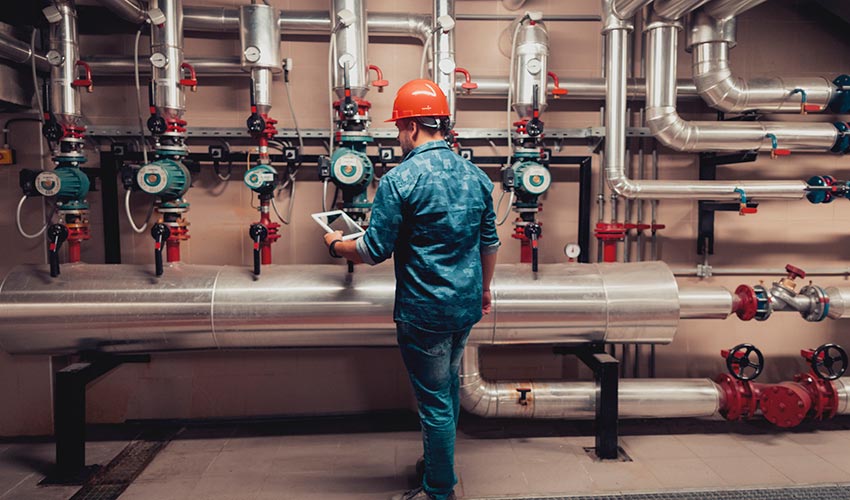How the Internet of Things (Iot) water leak detection systems can protect your business from water damage

Leaky roofs, old plumbing, and malfunctioning boilers are just some of the sources of interior water damage that can wreak havoc within a building or other business facilities. Like fire, water incidents can be expensive and cause major business disruption due to the need for repairs, and/or corrective measures, especially if response times are slow.
The Internet of Things (IoT) water leak detection technology can play an invaluable role for facility owners and managers developing a comprehensive water damage repsonse plan.
Today’s IoT devices incorporate sensors that can provide early alerts to help stem major water damage issues and pre-empt potential trouble. The capabilities of these products continuously improve and they’re becoming ever-more convenient to install and use.
Furthermore, given the potential costs of water damage to residential or commercial property, IoT water detection systems can provide a good return on investment.

How water detection technology works to minimise damage
Water detection devices commonly perform tasks such as sending an alarm or sending an alert when moisture is sensed in an area that should be dry, such as from a routine plumbing leak. Sensors may also trigger automatic shut offs of water control valves, to head off major, costly water damage disasters.
Systems vary in scope depending on particular plant or building needs. On the more sophisticated end, acoustical water flow devices take continuous sound measurements from water pipes and use machine learning to transform those signals into waterflow estimates and “signatures.” This information can allow for monitoring water usage in a way that can predict unwanted incidents.
Whatever the exact sensor types and system configurations, the most effective water leak detection set-ups incorporate the following critical elements:
- Battery powered sensors with an alarm signal, and a primary powered system with battery back-up (to ensure they work even in the event of a power outage).
- Contact and/or wicking sensors to help protect critical and susceptible areas.
- Sensor-activated shut-off valves to prevent or minimise damage from an emergency water incident.
- Capability to send an email alert or text message to key incident response personnel in the event of a leak or water flow abnormality.
- A third party to continuously monitor systems and react to alarms according to the incident response plan.
Develop a comprehensive water damage mitigation plan
Whether caused by corrosive pipe failures, aging heating systems, or sewer back-ups, water damage incidents are not always preventable.
That’s why before you experience an incident, it’s critical to have a business preparedness and emergency response plan that includes water damage mitigation measures. The detailed written plan should include scheduled maintenance and inspections, any equipment or systems documentation, and have an incident point person / coordinator to manage the program.
Additional resources
- The Leading Causes of Water Damage in Australia
- The Surprise Risk That Could Sink Your Home and Finances
- Get Smart About Water Leaks
This content is brought to you by Chubb Insurance Australia Limited (“Chubb”) as a convenience to readers and is not intended to constitute advice (professional or otherwise) or recommendations upon which a reader may rely. Any references to insurance cover are general in nature only and may not suit your particular circumstances. Chubb does not take into account your personal objectives, financial situation or needs and any insurance cover referred to is subject to the terms, conditions and exclusions set out in the relevant policy wording. Please obtain and read carefully the relevant insurance policy before deciding to acquire any insurance product. A policy wording can be obtained at www.chubb.com/au, through your broker or by contacting any of the Chubb offices. Chubb makes no warranty or guarantee about the accuracy, completeness, or adequacy of the content. Readers relying on any content do so at their own risk. It is the responsibility of the reader to evaluate the quality and accuracy of the content. Reference in this content (if any) to any specific commercial product, process, or service, and links from this content to other third party websites, do not constitute or imply an endorsement or recommendation by Chubb and shall not be used for advertising or service/product endorsement purposes. ©2020 Chubb Insurance Australia Limited ABN: 23 001 642 020 AFSL: 239687. Chubb®, its logos, and Chubb.Insured.SM are protected trademarks of Chubb.

Have questions?
Contact a broker today.